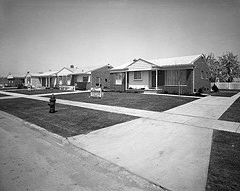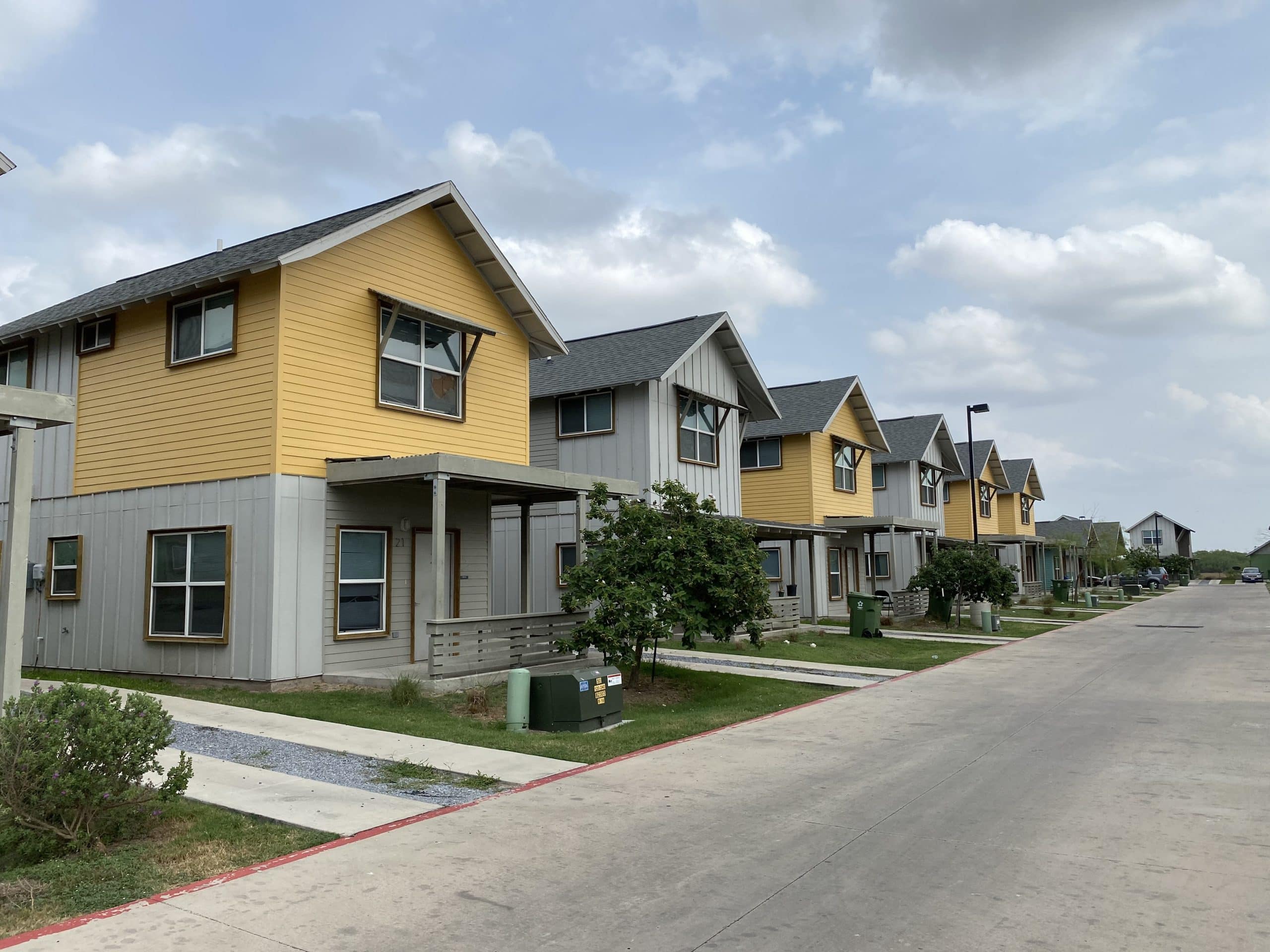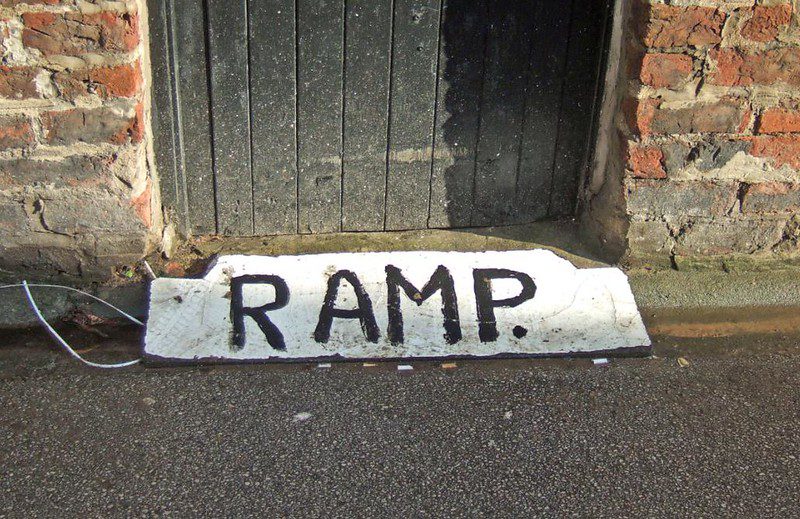
They are looking for plaintiffs for a potential lawsuit against a small, wealthy, fairly white community that rejected plans for 315 “moderately priced” apartments in three-story buildings, finally accepting instead a plan for 44 million-dollar single family houses on the site.
CityLab's Brentin Mock has the full story here.
Now, it's worth noting that researchers at UC Berkeley who have produced an early-warning displacement map of the region are cautioning that upping the production of market-rate units will not be enough to deal with the region's housing crisis. It will take tenant protections, lasting affordability, and subsidized units among other things.
But fighting exclusionary zoning and insisting on the principle that every community should provide a fair share of a variety of housing at different income levels, a classic fair housing issue, should clearly be considered part of the same issue. After all, part of the reason displacement and gentrification are a problem is that there is a shortage of not just housing, but desirable places to live that are accessible and affordable. Improving the quality of life—with anti-displacement measures—in struggling neighborhoods is one way to lower this pressure. And adding more variety of housing in places that would already be desirable to some folks if they could afford it is of course another.
And, if activists who have been focused more closely on the groundswell of energy surrounding pressures on rapidly changing neighborhoods could tie that strategically to a regional fair housing strategy, that could be incredibly powerful.
As the Texas Organizing Project's Houston chapter says—we need the right to choose (where to move), the right to stay, the right to equal treatment, and the right to have a say. (See our interview with John Henneberger for more on their campaign.) To have the right to move, there has to be somewhere to move to.
Our lens could even go from regional to global! On the tenants/homeowner protection side, some folks doing amazing organizing work in Spain want Americans to join them in fighting the predatory practices of Blackstone, which has been making some big investments in the Bay Area too.)
(Photo credit: Courtesy of Allen via flickr, CC BY-NC 2.0)





It’s about time we moved the discussion to the region-even to the state level. Exclusionary zoning externalizes the cost of affordable development and redevelopment, pushing it on to other communities. The municipality that is not contributing to the pool of affordable housing, is keeping all of the property tax revenues for themselves and pushing all of the attendant costs of struggling populations on to others. It is about time that we saw affordability as a shared problem that we all have to solve. The state should set goals for the number of units of affordable housing that are needed statewide, and assess every community to share in the cost of creating or preserving those units. Ideally, every community would have a share of the housing itself. At a minimum, every community should pay for its share of the housing to be produced or preserved.